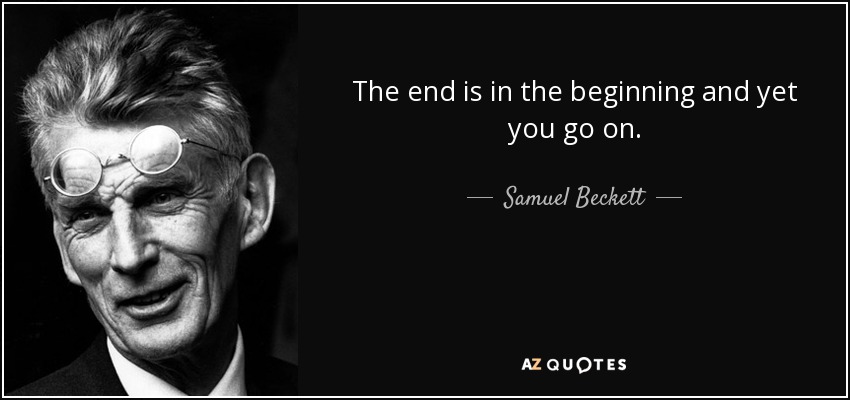An onlook at “Fire and Ice in Frankenstein”
by
Andrew Griffin
Louis Edouard Fournier - The Funeral of Shelley (1889)
“At the novel’s imaginative center,” Griffin says, “horrified rejection of the creature and both the moral and psychological dimensions of the tale unfold.” The “long-sought” union of contrary elements has been accomplished, dead matter has been brought to life, but, the “beauty of the dream” distances from its “gross reality.” Griffin addresses two key symbols in the novel fire and ice.
The onset of the analysis breeds from the intrinsic nature of the elements: fire like water stands for fluidity, life and energy; whereas ice (frozen water) means stagnation, and numbness. The numbness of the Polar Artic regions exploration deepens paralell to the destructive powers of a primeval fire of warmth and comfort that the creature first discovers. The Victorian imagination kept both contraries apart, whereas the Romantic imagination strives to unite them.
Victor Frankestein’s creature will learn the benefits of fire in his being delivered into the world: the solace of warmth, nourishment and later, a social element that will bind him to the De Lacey’s family by providing them with winter fuel.
Yet, when the creature is rejected, the amiable aspects of fire will swerve into more destructive powers. Indeed, Griffin points to the ambivalent nature of fire quoting Bachelard“It shines in Paradise. It burns in Hell”. The creature will learn through his “Lockean” discovery of the world that fire can burn:
“(I”) was overcome with delight at the warmth I experienced from it. In my joy I thrust my hand into the live embers, but quickly drew it out again with a cry of pain. How strange, I thought, that the same cause should produce opposite effects!” (100 Penguin 1994)
Destruction and creation, darkness and light, fire and ice, death and life, Prometheus: thief and giver, constitute the dyads that furnish the imagery of the novel. The creature’s self-immolation in a pyre will constitute the acme of the union of fire and ice.





No comments:
Post a Comment